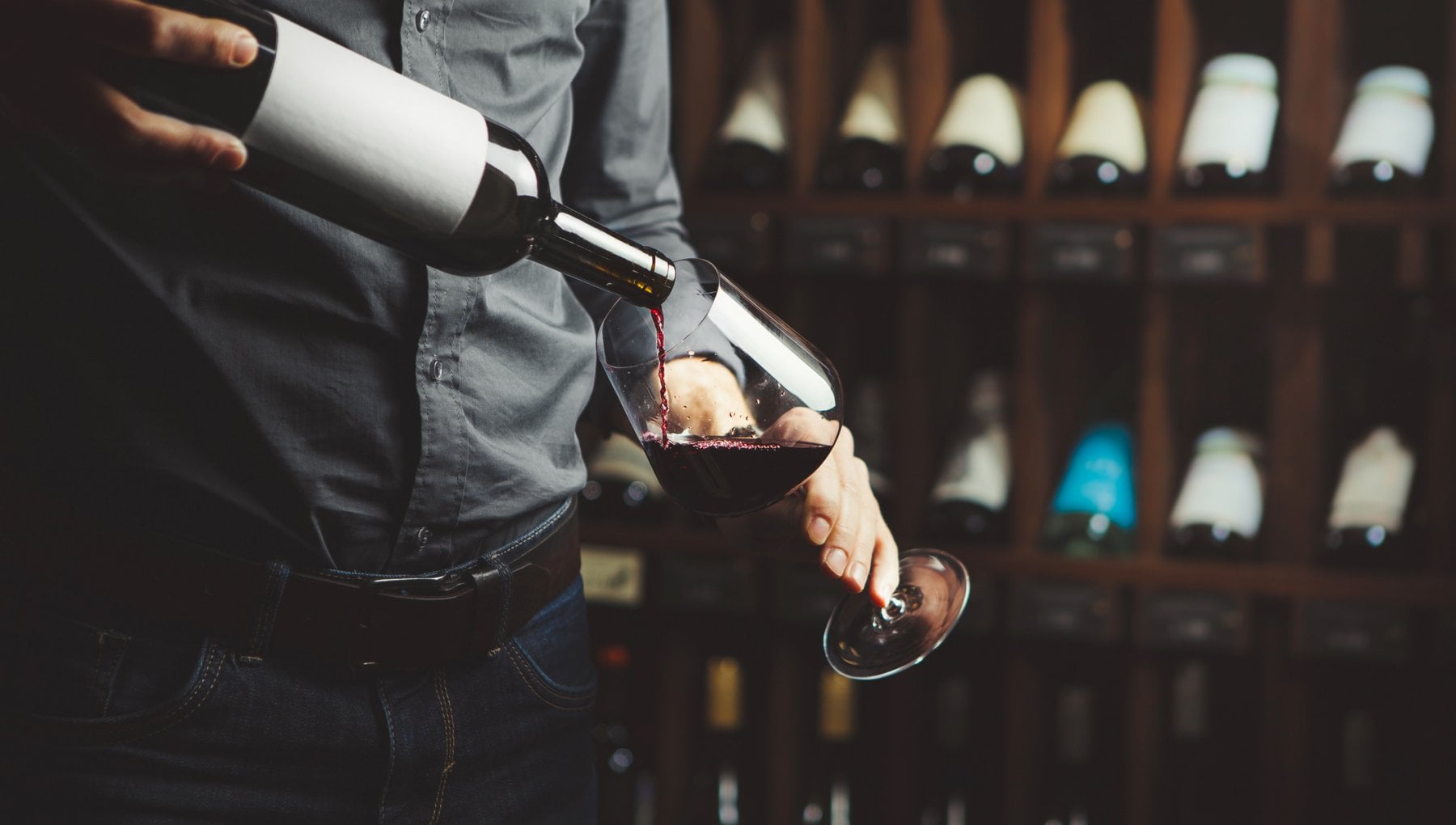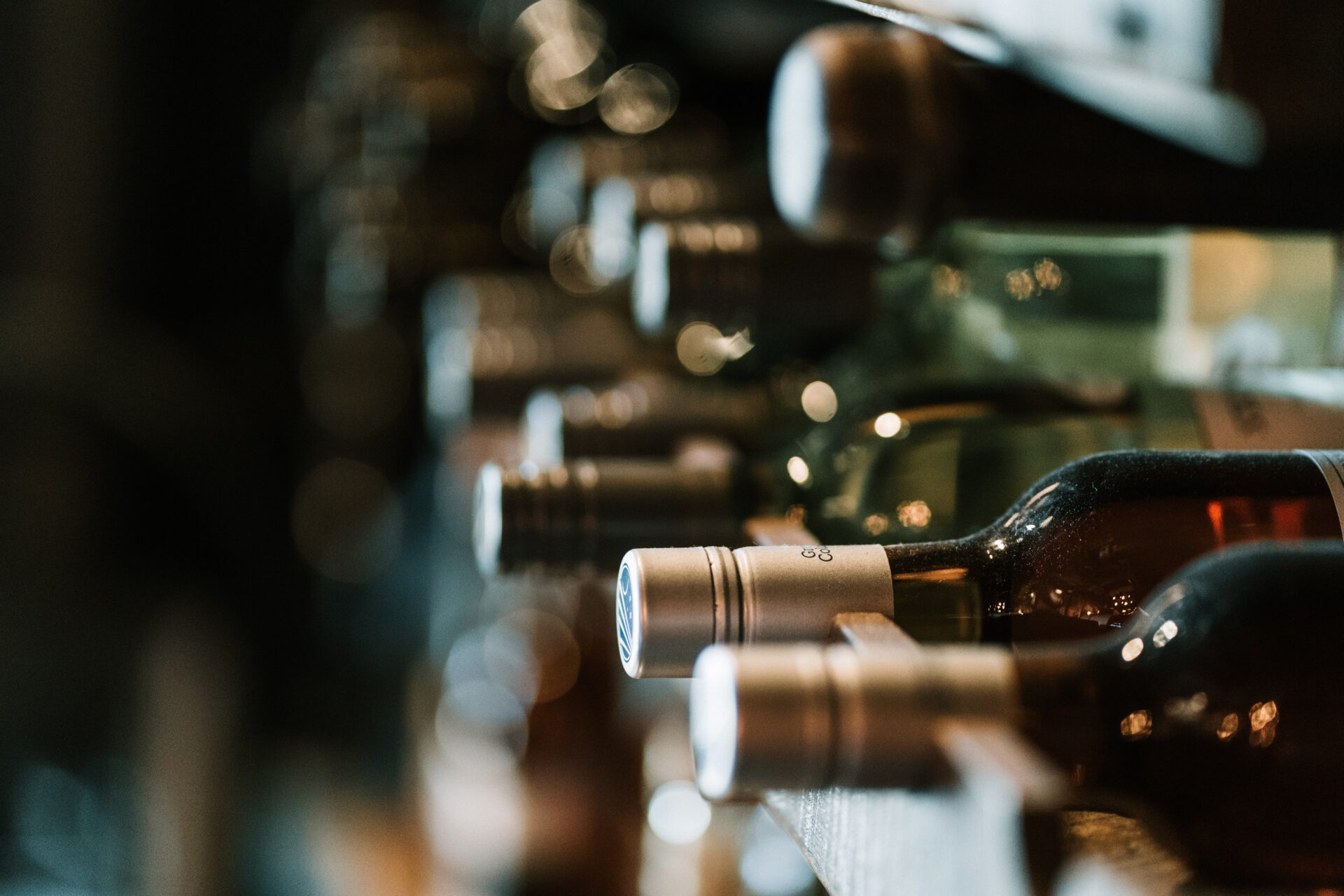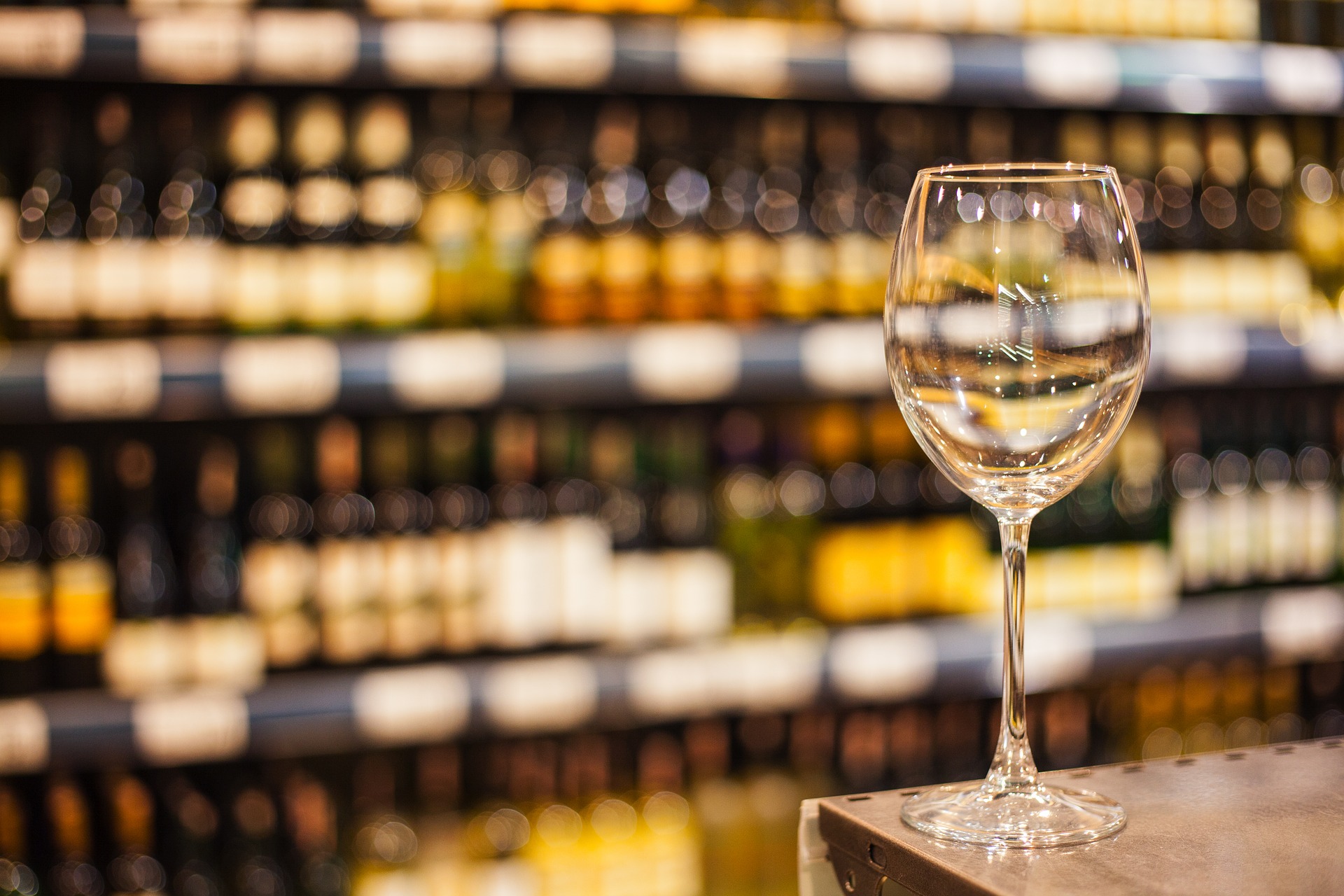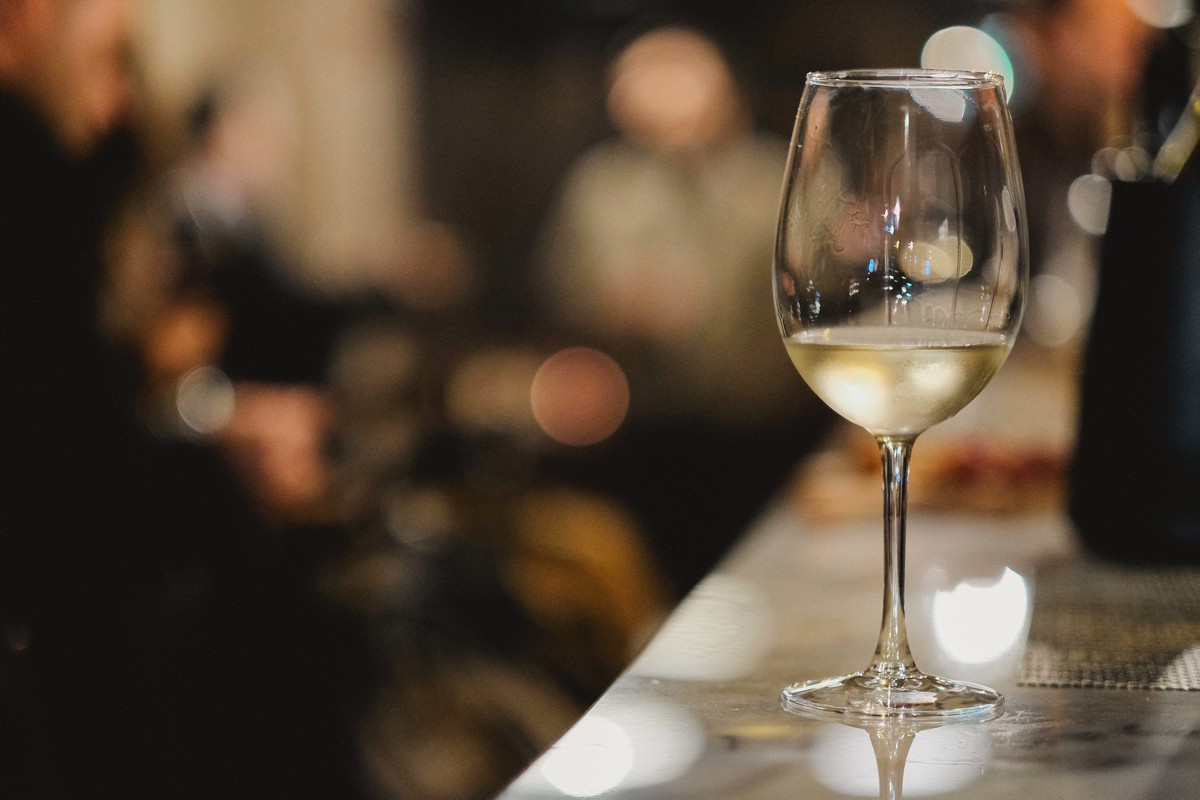Prices go up and wine consumption in Italy’s large-scale retail trade goes down. According to the Uiv-Ismea Wine Observatory based on Ismea-Nielsen data, in fact, in the first 9 months of this year Italians are drinking less, purchases on the shelves of large-scale distribution and retail compared to the same period in 2021 fell in volume by 6.9% (to 5.6 million hectoliters, below even pre-Covid levels), the equivalent of 55 million fewer bottles.
A Drop in Wine Consumption
The value balance is also down (-3.5 percent to 2 billion euros), despite the fact that the average price gradually rose by +7 percent in the second and third quarters. And it is precisely this price growth, dictated exclusively by an inflationary boost that is in any case still underestimated compared to the real cost surplus charged by wine businesses, that – according to the Observatory – is ballasting sales, in anticipation of an even more difficult autumn-winter for Italians. Will they really be drinking less vino?
If then until now the restaurant segment with the boom in tourism from abroad has also managed to drive the wine market, the off trade is beginning to show the first signs of difficulty, starting with its most representative wine products.
Data from the Italian Wine Union – Unione Italiana Vini
Sales at large-scale distribution show a decline in volumes of all types of wines, with still wines at -7.5 percent while sparkling wines pay less (-2.2 percent) thanks to the double-digit growth of the increasingly significant segment of “low-cost” dry sparkling wines, which has maintained an average price 30 percent lower than the category average.
Among still wines, Uiv-Ismea elaborations show negative volume peaks for reds (-9.2%), while whites stop at -6% and rosés at -3.8%. Hardest hit by consumption reductions are PDO wines, which close the first nine months at -8.7% (-which becomes -11.5% for reds), compared with -8.1% for IGTs, while ordinary wines close the balance at -6%.
Very few green-lighted appellations among volume sales, not surprisingly those that kept their prices substantially unchanged or even decreased (Castelli Romani, Oltrepò Pavese Barbera, Nobile di Montepulciano, Vermentino di Sardegna). Above-average declines, on the other hand, on sales volumes for some of Italy’s most important appellations, such as Prosecco (-8.5 percent) Classic Method sparkling wines (-10.4 percent), Chianti Docg (-11.5 percent) Montepulciano d’Abruzzo (-9.7 percent), Barbera (-15.9) and Lambrusco. Among Typical Geographical Indications, significant reductions also for Puglia Igt, Terre Siciliane, Lambrusco Emilia, Rubicone Trebbiano.
The niche of organic wines is also down (they account for just over 1 percent of the total in volume), not only in terms of bottles consumed (-2.3 percent) but above all in terms of value generated (-5.9 percent), despite a 4 percent list filing (5.19 euros per liter). Also down was e-commerce, whose momentum stalled in both volumes (-15%) and values (-23%, to 34.7 million euros).
Drinking Less Wine as Living Costs Rise
“The sales data,” stressed Fabio Del Bravo, Ismea’s rural development services manager, “tell us that the responsiveness of wine purchases to price has become high, while the sentiment detected by Ismea as part of the quarterly survey on the climate of confidence among operators in the wine supply chain shows a worsening of assessments on the future evolution of the economy and also on the tightness of future orders. Should the pressure on the cost side not ease, in the impossibility of transferring price increases downstream, the supply chain could for the first time in years enter difficulties on the domestic front.”
For the secretary general of Unione italiana Vini (UIV), Paolo Castelletti: “So far the supply chain has managed to keep price dynamics under control as far as possible, and it must be acknowledged that distribution has done its part. It would be more desirable than ever to keep price lists in balance in the coming months, when the purchasing power of families will be further reduced due to rising costs of energy, food and basic necessities.”




